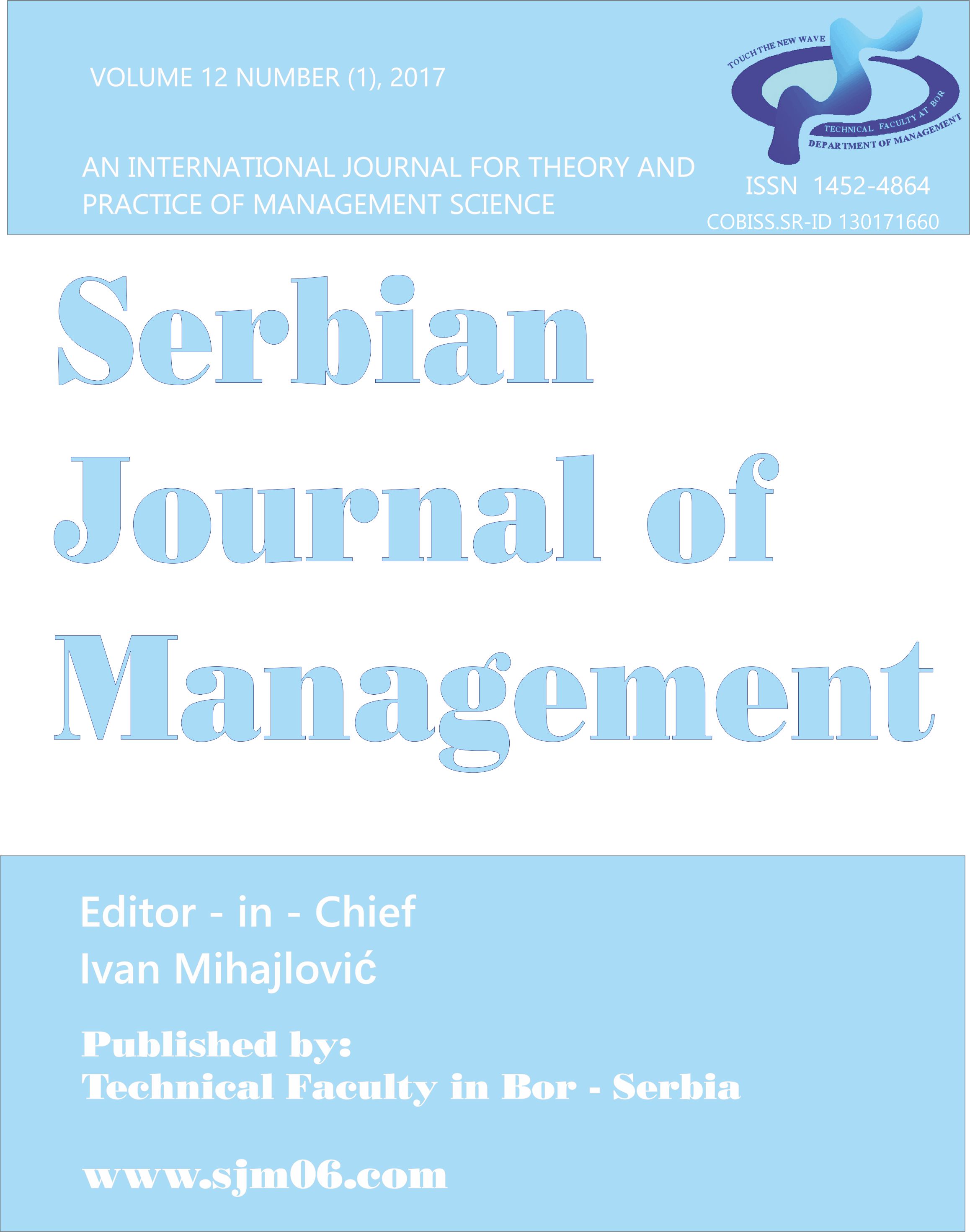Liberal vs restrictive concept of the EU immigration policies
Abstract
The authors of the paper deal with the immigration policies in the European Union, i.e. in its member states as constituent parts of a complex community. The main aim is to determine what immigration policies are conducted by the EU member states depending on their public opinion, their social, demographic, and economic structure, as well as cultural, political-parliamentary and security policies. It is assumed that the immigration policies of the EU member states could be researched on an ideal-type scale, ranging from liberal to restrictive immigration policies. Based on all available quantifiers, we opted for MIPEX or the Migrant Integration Policy Index. Based on MIPEX, one can clearly see the tendency towards one of the borderline immigration policies on a scale ranging from liberal to restrictive immigration policies. The EU member states whose nationality is territorially bounded, (nation states, the civil-national principle) and which have long immigration tradition tend to opt for liberal immigration policies. Institutional measures such as allocating funds for welfare benefits and government efficiency point out to stable systems of welfare state where liberal immigration policy is dominant. In addition, communities which are economically strong and stable in terms of security, also show tendencies towards liberal immigration policy.
References
Anspaha, K. (2008). The Integration of Islam in Europe – Preventing the radicalization of Muslim diasporas and counterterrorism policy. Fourth Pan-European Conference on EU Politics. University of Latvia. Riga.
Bjerre., L., Helbling, M., Römer, F. (2015). Conceptualizing and Measuring Immigration Policies: A Comparative Perspective. International migration Review 49 (3), 555-600.
Emiliani, T. (2016). Refugee Crisis-EU Crisis? The Response to Inflows of Asylum-Seekers as a Battle for the European Soul. College of Europe Policy Brief, N°6. Bruges.
Fleischmann F., Dronkers J. (2010). Unemployment among immigrants in European labour markets – an analysis of origin and destination effects. Work, employment and society, 24 (2), 337-354.
Knox, P. (2015). The Geography of Western Europe – A Socio-Economic Study. Routledge.
McLaren L. (2015). Immigration and Perceptions of National Political Systems in Europe: Oxford University Press.
Messina, A. (2002). West European Immigration and Immigrant Policy in the New Century. Greenwood Publishing Group.
Niessen, J., Huddleston, T. (2009). Legal Frameworks for the Integration of the Third-Country Nationals. Brill/Leiden, Boston, p. 3.
Papademetriou, D., O’Neil, K. (2004). Efficient Practices for the Selection of Economic Migrants. DG.
Razin A., Wahba J. (2011). Migration Policy and the Generosity of the Welfare State in Europe. CESifo DICE Report 4/2011. http://www.cesifo-group.de/DocDL/dicereport411forum5.pdf https://www.politicalcapital.hu/hirek.php?article_read=1&article_id=1034
Snel E., Engbersen, G., Leerkes A. (2006). Transnational involvement and social integration. Vol.6, N°3: 285-308. John Wiley & Sons.
Triandafyllidou, A., Ruby, G. (2016). European Immigration – A Sourcebook. Routledge.
The internet sources:
https://www.definitions.net/definition/Immigration+policy
http://www.mipex.eu/what-is-mipex
https://skillspanorama.cedefop.europa.eu/en/news/oecd-skills-jobs-database-2018
https://ec.europa.eu/eurostat/statisticsexplained/index.php/GDPper_capita_consumption_per_capita_and_ price_level_indices
https://info.worldbank.org/governance/wgi/#home
http://visionofhumanity.org/app/uploads/2017/11/Global-Terrorism-Index-2017.pdf
The Author wishes to submit the Work to SJM for publication. To enable SJM to publish the Work and to give effect to the parties’ intention set forth herein, they have agreed to cede the first right to publication and republication in the SJM Journal.
Cession
The Author hereby cedes to SJM, who accepts the cession, to the copyright in and to the paper.
The purpose of the cession is to enable SJM to publish the Work, as first publisher world-wide, and for republication in the SJM Journal, and to grant the right to others to publish the Work world-wide, for so long as such copyright subsists;
SJM shall be entitled to edit the work before publication, as it deems fit, subject to the Authors approval
The Author warrants to SJM that:
- the Author is the owner of the copyright in the Work, whether as author or as reassigned from the Author’s employee and that the Author is entitled to cede the copyright to SJM;
- the paper (or any of its part) is not submitted or accepted for publication in any other Journal;
- the Work is an original work created by the Author;
- the Author has not transferred, ceded, or assigned the copyright, or any part thereof, to any third party; or granted any third party a licence or other right to the copyright, which may affect or detract from the rights granted to SJM in terms of this agreement.
The Author hereby indemnifies the SJM as a body and its individual members, to the fullest extent permitted in law, against all or any claims which may arise consequent to the warranties set forth.
No monetary consideration shall be payable by SJM to the Author for the cession, but SJM shall clearly identify the Author as having produced the Work and ensure that due recognition is given to the Author in any publication of the Work.
Should SJM, in its sole discretion, elect not to publish the Work within 1 year after the date of this agreement, the cession shall lapse and be of no further effect. In such event the copyright shall revert to the Author and SJM shall not publish the Work, or any part thereof, without the Author’s prior written consent.

